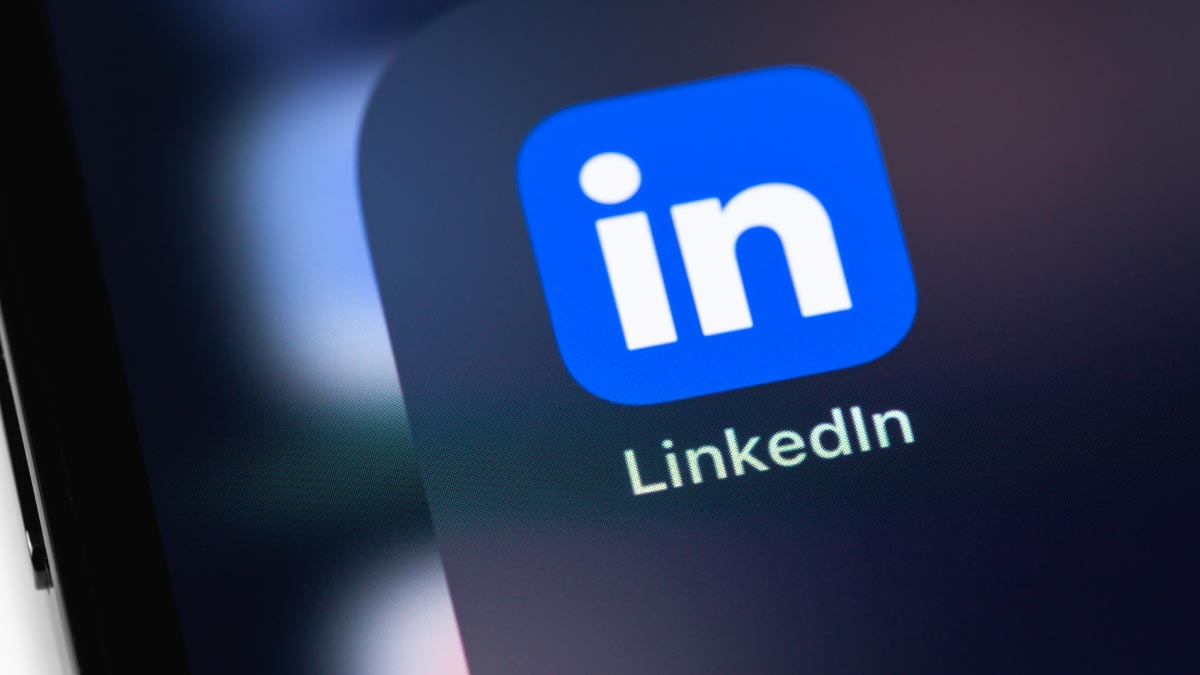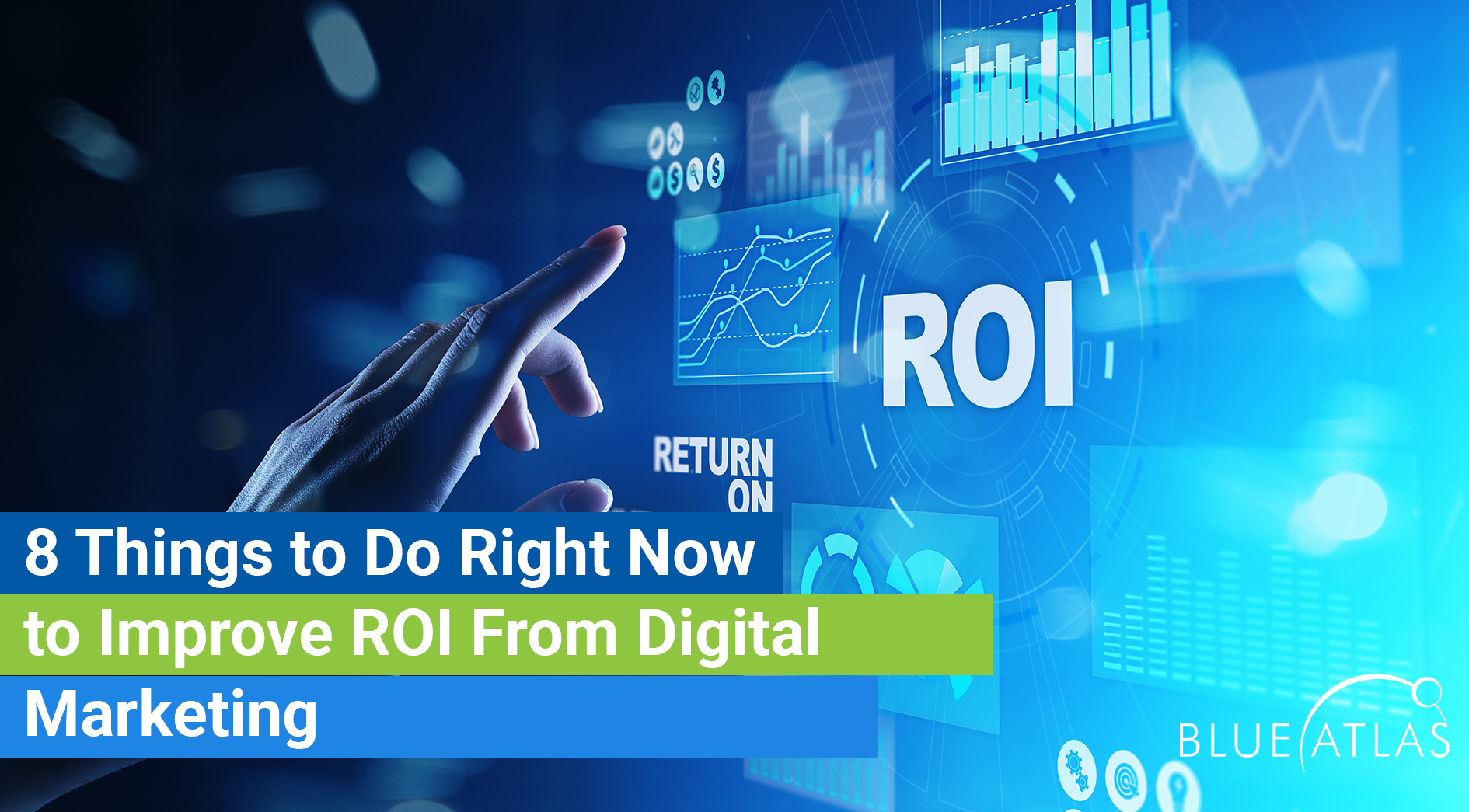15 Proven Benefits of LinkedIn Marketing for B2B
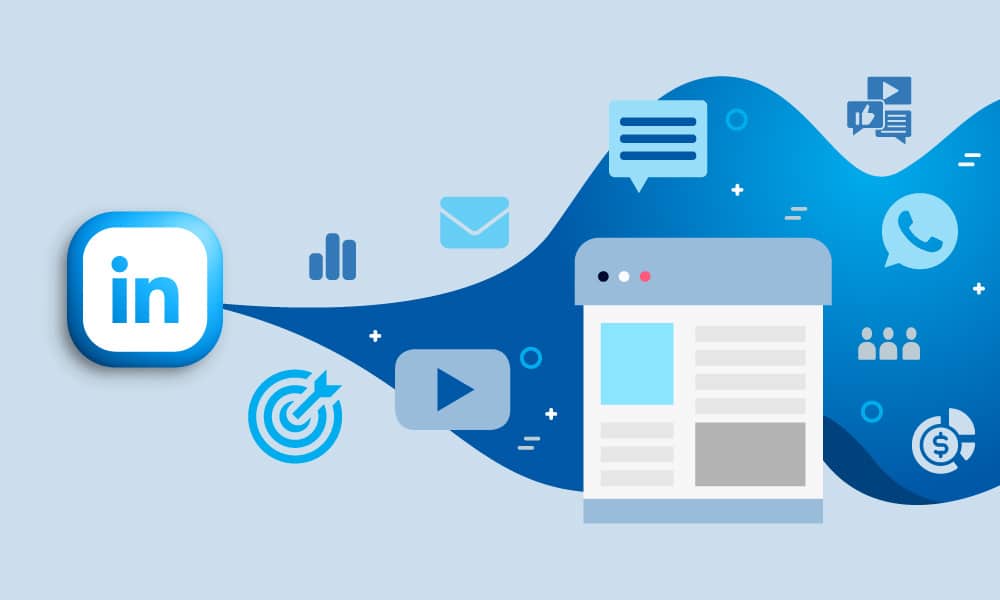
Ever wondered why LinkedIn is the top choice for B2B marketing? LinkedIn marketing offers unparalleled benefits, connecting your business with over 900 million professionals, including decision-makers and industry leaders.
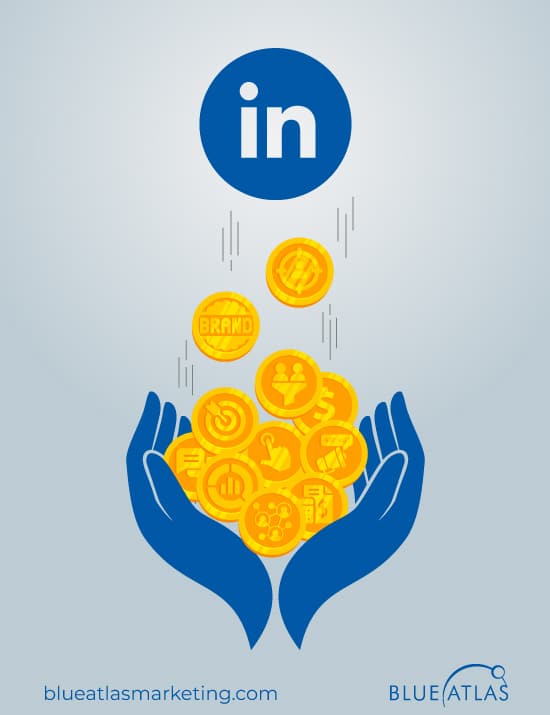
This platform is perfect for reaching your target audience, achieving marketing goals, and driving business growth. With LinkedIn, you can boost your brand’s exposure, build trust, and engage with a broader audience, leading to higher conversion rates.
Dive into the 15 key benefits of LinkedIn marketing and see how it can transform your business strategy. Curious? Keep reading to discover more!
Key Takeaways:
15 Proven Benefits of LinkedIn Marketing & Advertising
1. Targeted Audience
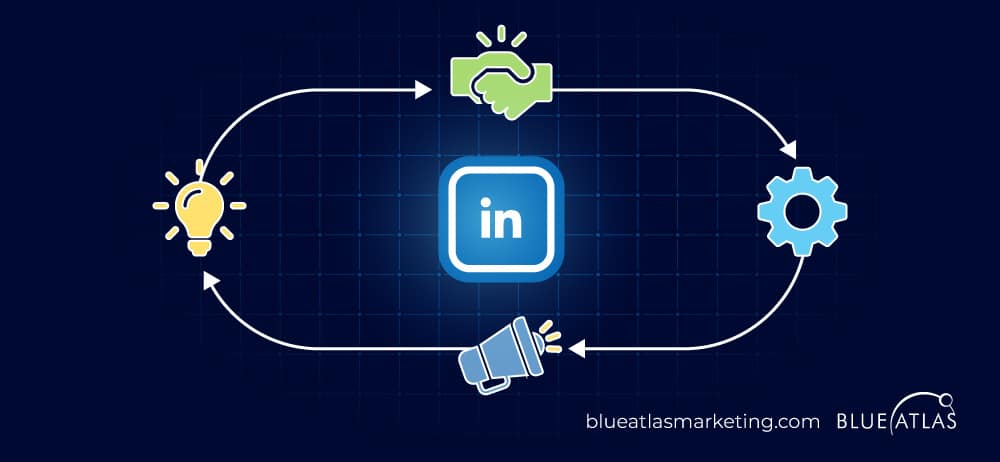
LinkedIn excels in providing detailed audience targeting options, making it the ideal platform for professional networking. You can customize your ads to reach specific groups based on job titles, roles, industries, and other factors, ensuring your marketing messages resonate with the right audience.
This precision in targeting enhances the impact of your campaigns by reaching LinkedIn users who are genuinely interested in what you offer. Adapting your marketing approach to different segments can help you optimize your ROI and drive improved outcomes.
2. Brand Awareness
With over 900 million members, LinkedIn offers a vast pool of potential connections and customers. Implementing a well-crafted LinkedIn marketing strategy can significantly expand your brand’s reach.
Here are some ways to build brand awareness and trust on LinkedIn:
- Engage with the Professional Network: Participate in industry discussions and share your insights to establish credibility.
- Share Valuable Content: Regularly post content that provides value to your audience, showcasing your expertise.
- Join Relevant Groups: Become a member of groups related to your industry to connect with like-minded professionals.
- Create Your Own Group: Start a group to position yourself as an authority in your field and attract potential customers.
3. B2B Marketing
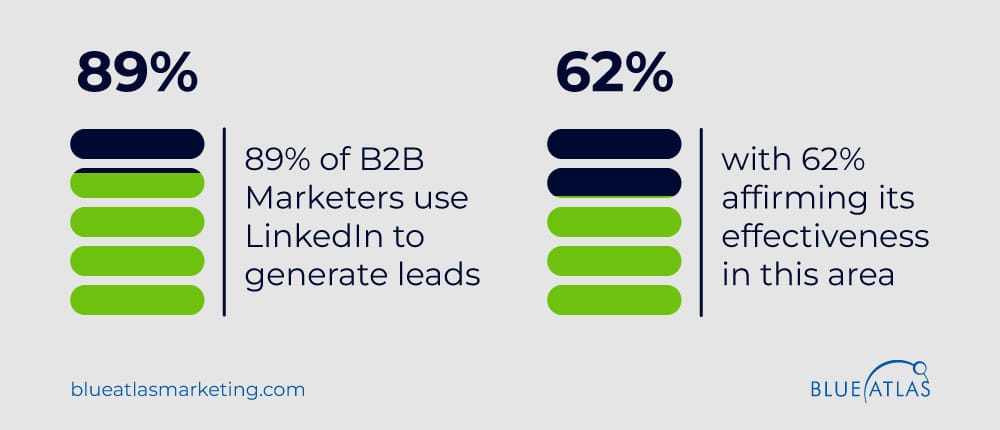
Effective B2B Lead Generation
LinkedIn stands out as a powerful tool for B2B lead generation. According to recent data, 89% of B2B marketers use LinkedIn to generate leads, with 62% affirming its effectiveness in this area. This platform allows businesses to target specific industries, job roles, and companies, ensuring that your marketing efforts reach the most relevant audience. By connecting with professionals who are genuinely interested in your offerings, you can generate high-quality leads that are more likely to convert into clients.
Access to Decision-Makers
One of LinkedIn’s significant advantages is its ability to connect you directly with decision-makers. Utilizing LinkedIn for lead generation means you can engage with key stakeholders who have the authority to make purchasing decisions.
This direct access enhances your chances of converting leads into paying customers. By fostering these connections, you can build strong business relationships and streamline your sales process, ultimately driving growth and success for your company.
4. Cost-Effective
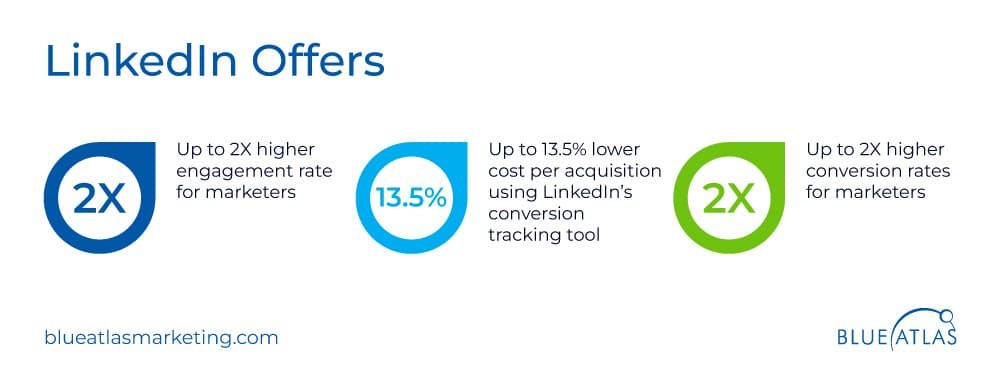
Comparing Costs with Other Advertising Platforms
When evaluating advertising platforms, LinkedIn often emerges as a cost-effective choice. Unlike other social media platforms, LinkedIn allows for precise targeting, which can lead to more efficient use of your marketing budget.
While the initial cost might seem higher, the return on investment is often greater due to the platform’s professional audience and advanced targeting capabilities.
Learning about the cost advantages of LinkedIn’s marketing strategy in comparison to other platforms can help businesses make informed decisions about where to allocate their advertising funds.
Advantages of Cost-Effective Advertising
One of LinkedIn’s standout benefits is its cost-effective advertising options. LinkedIn Ads typically have a lower cost per click (CPC) compared to platforms like Facebook and Instagram.
This means you can achieve more clicks on your ads without increasing your budget. The platform’s ability to target specific professional demographics ensures that your ads reach the right audience, maximizing your marketing spend.
According to Hootsuite, advertising on LinkedIn offers: (a) Up to 2x higher engagement rate for marketers, (b) Up to 13.5% lower cost per acquisition using LinkedIn’s conversion tracking tool, and (c) Up to 2x higher conversion rates for marketers.
5. Strategic Audience Targeting Using LinkedIn’s Tools
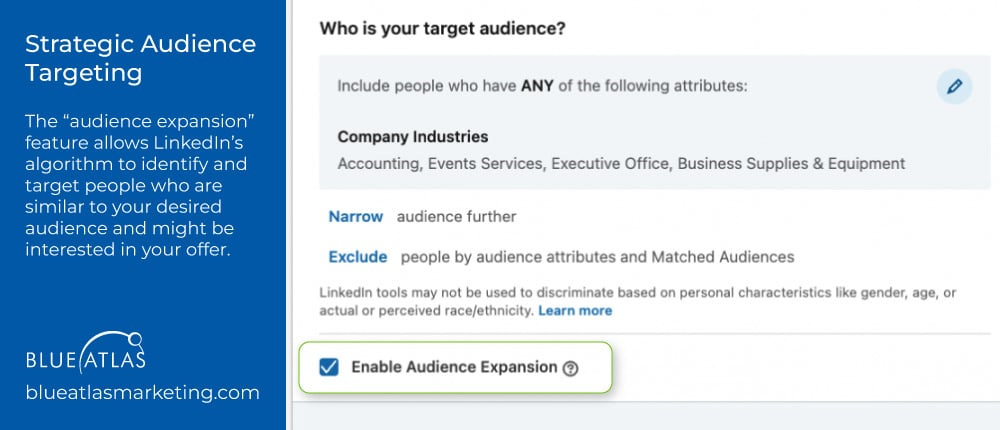
LinkedIn’s advanced targeting tools enable you to reach audience segments that you might not have initially considered. The “audience expansion” feature allows LinkedIn’s algorithm to identify and target people who are similar to your desired audience and might be interested in your offer.
This strategic approach helps to broaden your reach while still maintaining relevance, ensuring that your marketing efforts are directed toward the most promising potential customers.
6. High Click-Through Rate
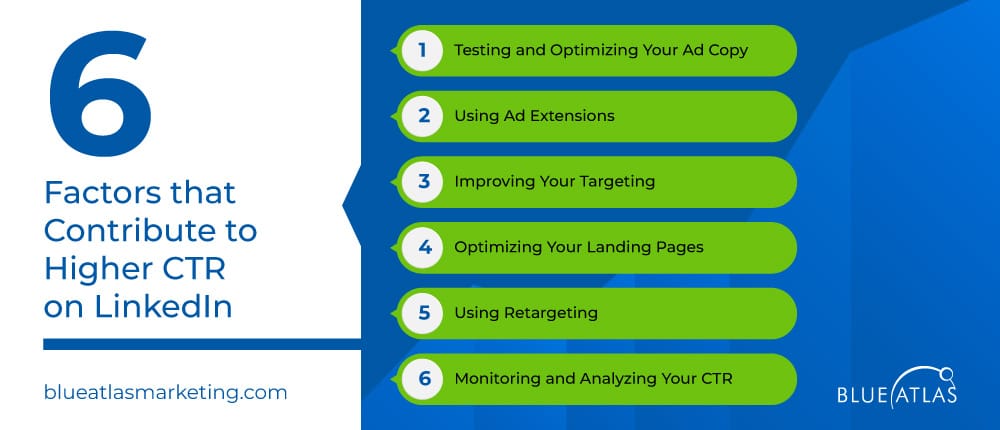
Factors Contributing to Higher CTR on LinkedIn
Several factors contribute to achieving higher CTRs on LinkedIn. Here are six key strategies:
- Test and Optimize Your Ad Copy: Regularly update and refine your ad content to ensure it resonates with your audience.
- Use Ad Extensions: Enhance your ads with additional information, such as links and call-to-action buttons.
- Improve Your Targeting: Ensure your ads are shown to the most relevant audience segments.
- Optimize Your Landing Pages: Create compelling and user-friendly landing pages that encourage conversions.
- Use Retargeting: Re-engage users who have previously interacted with your brand.
- Monitor and Analyze Your CTR: Continuously track your performance and adjust your strategy based on the data.
Implementing these strategies can significantly improve your CTR, making your LinkedIn ads more effective and efficient.
7. Lead Generation
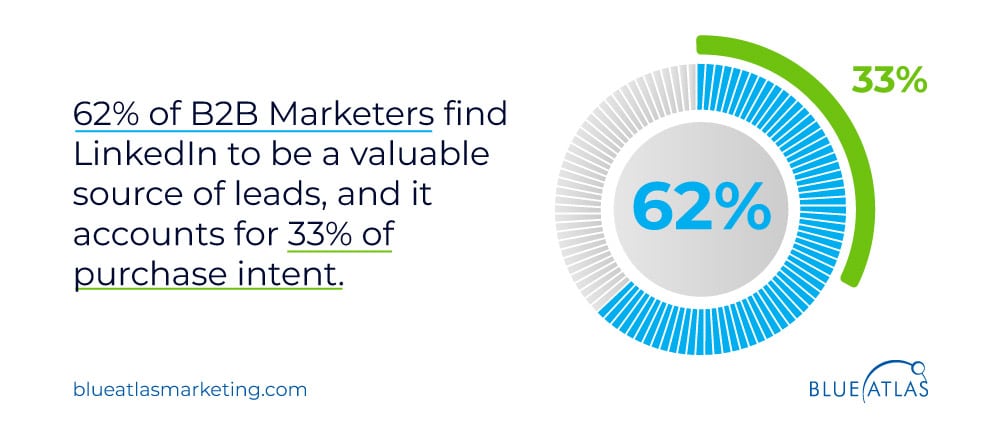
Lead Capture Form and Self-Reported Data
Lead capture forms are essential tools used on websites to collect information from visitors. These forms help businesses gather details about potential customers, allowing them to better understand their interests and needs. The quality of the data collected through these forms is crucial, as it directly impacts the effectiveness of your marketing efforts. High-quality data enables more targeted and personalized interactions, increasing the chances of converting leads into customers.
Quality Leads Through LinkedIn Advertising
LinkedIn is highly effective for generating quality leads. According to Sprout Social statistics, 62% of B2B marketers find LinkedIn to be a valuable source of leads, and it accounts for 33% of purchase intent.
This means that LinkedIn not only helps in acquiring leads but also significantly influences their decision-making process.
By leveraging LinkedIn’s advanced targeting options and vast professional network, businesses can attract the right people, those who are more likely to convert. This makes LinkedIn a powerful platform for B2B marketing, connecting you directly with the business professionals who matter most to your goals.
8. Tracking and Analyzing LinkedIn Campaign Success
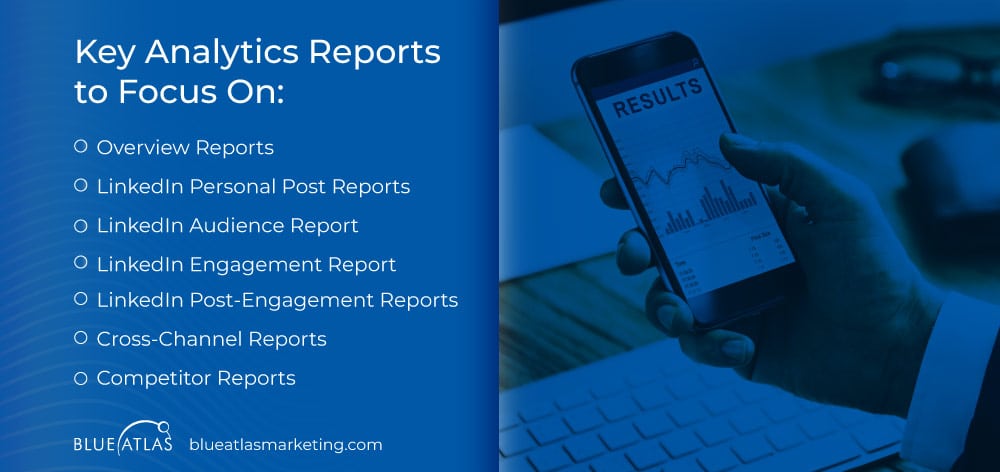
The ability to monitor and adjust your campaigns based on performance data is crucial for achieving marketing success.
This involves tracking metrics such as impressions, engagement, and conversion rates to understand how well your campaigns are performing.
Adjusting your strategy based on these insights can lead to more effective marketing efforts and better results.
This continuous process of evaluation and improvement ensures that your campaigns remain aligned with your business goals, ultimately driving greater impact and success.
9. S.M.A.R.T.E.R Retargeting Strategies
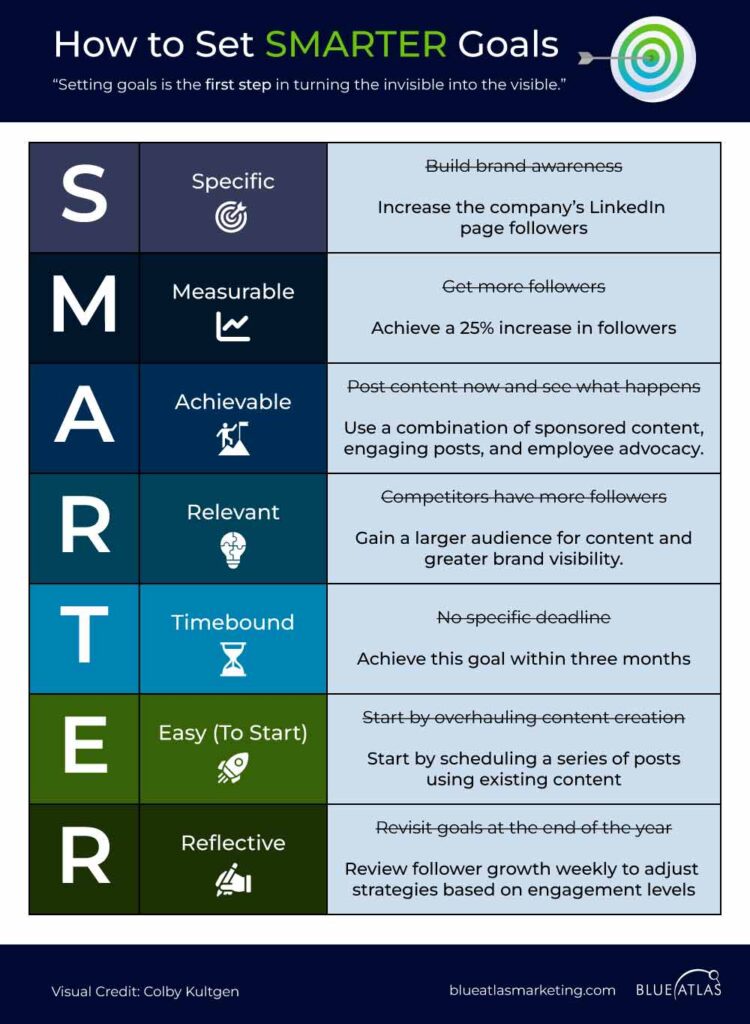
Implementing effective retargeting strategies is crucial for a successful LinkedIn marketing campaign.
By setting clear goals and objectives, you can ensure your retargeting efforts are focused and impactful. The S.M.A.R.T.E.R framework (Specific, Measurable, Achievable, Relevant, Time-bound, Easy to Start, and Reflective) helps in defining these goals and tracking progress.
This approach allows you to refine your strategies based on performance data, leading to better results and a higher return on investment.
10. Expanding Professional Networks Through LinkedIn
Networking on LinkedIn goes beyond simply exchanging business cards or adding contacts. It involves building meaningful and mutually beneficial relationships with individuals who share your interests, goals, and values.
As a marketing operations professional, it’s crucial to expand your network beyond your immediate colleagues. Doing so can provide new insights, opportunities, and support for your career growth. Engaging with a diverse professional network on LinkedIn can lead to valuable connections and collaborations that drive your business forward.
11. Leveraging LinkedIn for Recruitment
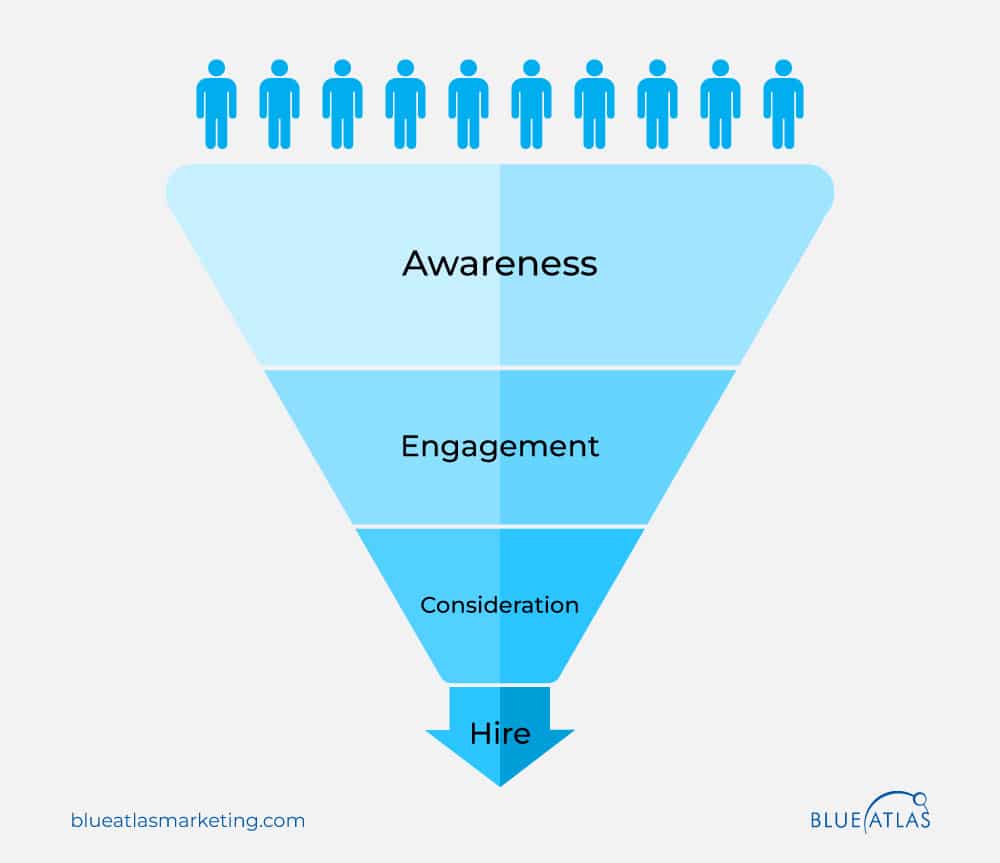
To effectively leverage LinkedIn for recruitment marketing, follow these key steps:
- Raise Awareness: Increase the visibility of your company and its job opportunities.
- Engage with Potential Candidates: Interact with candidates through relevant content and meaningful conversations.
- Tailor Your Approach: To make your outreach more effective, consider the needs and preferences of your target candidates.
- Focus on Hiring: Streamline your hiring process to convert interested candidates into employees.
By implementing these strategies, you can attract top talent and efficiently fill your open positions
12. Integrating Content Marketing with LinkedIn Advertising
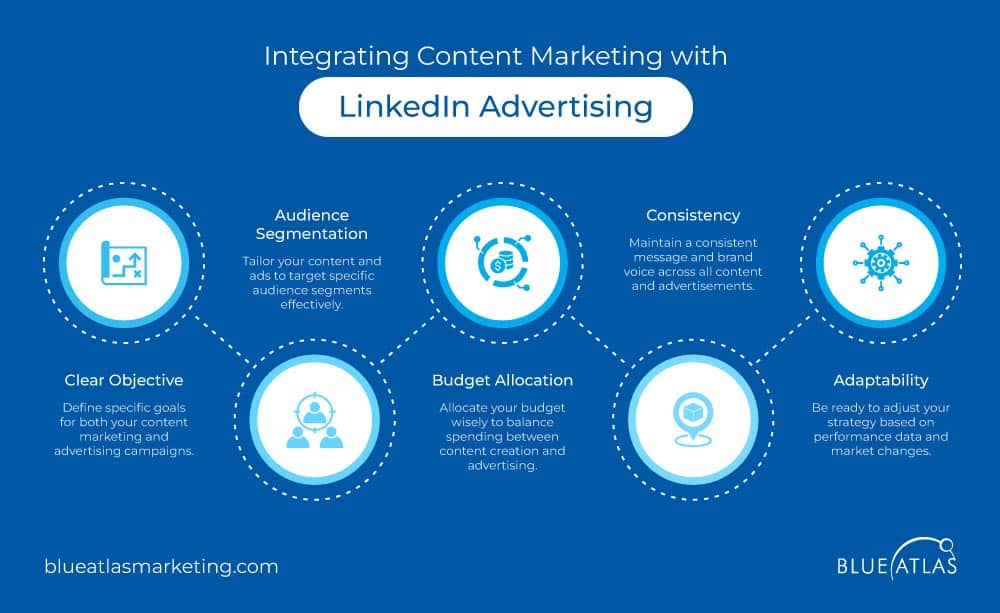
Combining content marketing with LinkedIn advertising creates a powerful strategy that enhances overall marketing effectiveness. A cohesive strategy ensures that content marketing and advertising work together seamlessly to achieve business goals. Here’s how this approach can enhance your efforts:
- Clear Objectives – Define specific goals for both your content marketing and advertising campaigns.
- Audience Segmentation – Tailor your content and ads to target specific audience segments effectively.
- Budget Allocation – Allocate your budget wisely to balance spending between content creation and advertising.
- Consistency – Maintain a consistent message and brand voice across all content and advertisements.
- Adaptability – Be ready to adjust your strategy based on performance data and market changes.
13. Flexible Budget Options for Different Business Sizes
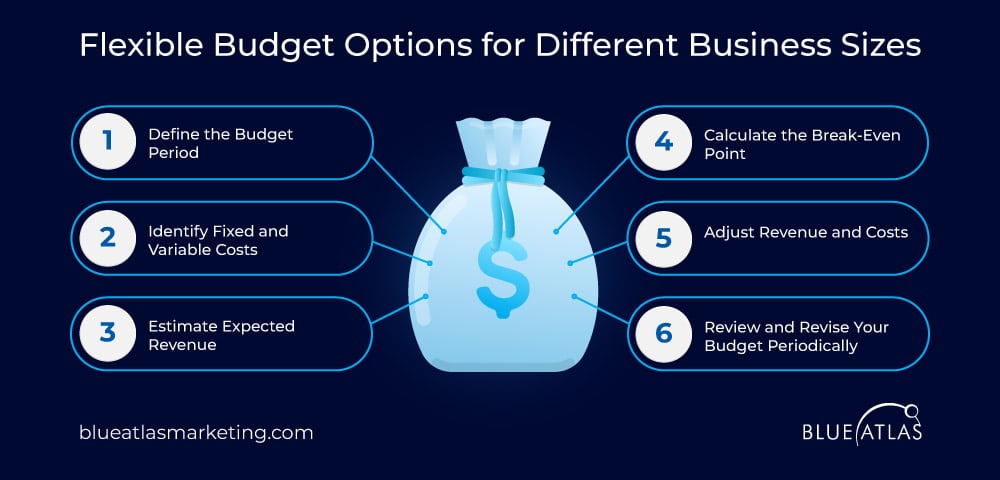
Creating flexible budget options tailored to your business size and goals is crucial. Here are the key steps:
- Define the Budget Period: Determine the time frame for your budget, whether it’s monthly, quarterly, or yearly.
- Identify Fixed and Variable Costs: Separate your fixed costs (e.g., subscriptions, salaries) from variable costs (e.g., ad spend, materials).
- Estimate Expected Revenue: Project your revenue for the budget period.
- Calculate the Break-Even Point: Understand how much you need to earn to cover your costs.
- Adjust Revenue and Costs: Modify your budget based on actual performance and changing circumstances.
- Review and Revise Your Budget Periodically: Regularly update your budget to reflect new goals and market conditions.
14. Using LinkedIn’s Direct Messaging Feature Effectively
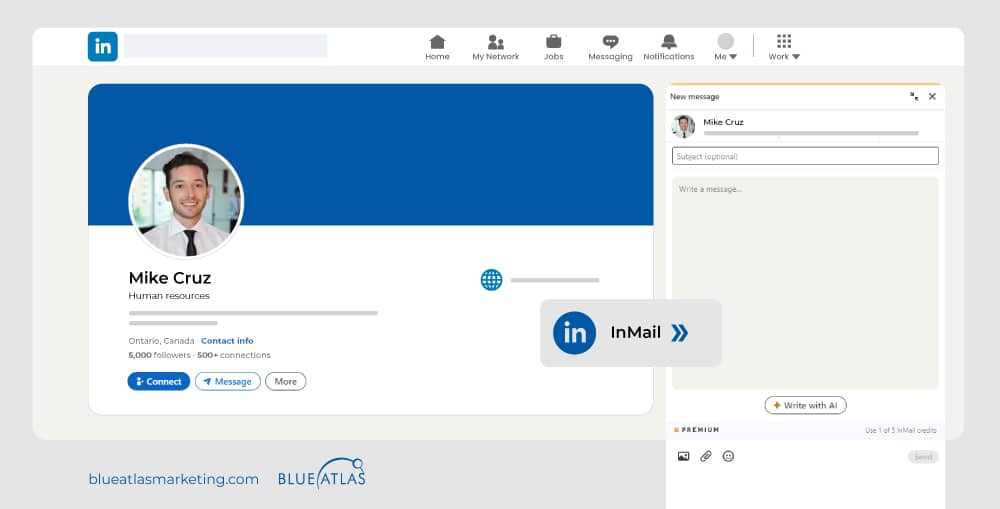
LinkedIn’s InMail feature allows you to reach out directly to decision-makers, bypassing traditional gatekeepers.
This increases your chances of establishing meaningful connections with key stakeholders. Crafting personalized and relevant messages is essential to maximizing the effectiveness of your LinkedIn InMail strategy.
Focus on the recipient’s needs and how your offer can provide value to them. Regularly analyzing the performance of your InMail campaigns and adjusting your approach based on the insights can further enhance your success in generating leads and building professional relationships.
15. Ensuring Data Privacy in LinkedIn Advertising

Maintaining data privacy in LinkedIn advertising is crucial. Here are the best practices to ensure data privacy:
- Understand the Data You Need: Clearly define the type of data necessary for your campaigns.
- Implement Data Security Measures: Protect the data you collect with robust security protocols.
- Follow Data Privacy Laws and Regulations: Adhere to all relevant legal requirements to ensure compliance.
- Communicate and Collaborate with Your Clients: Keep your clients informed about how their data is used and collaborate on privacy practices.
- Educate Yourself and Your Team: Ensure everyone involved in your campaigns understands the importance of data privacy and follows best practices.
- Review and Improve Your Data Privacy Practices: Regularly assess and update your privacy measures to stay current with evolving standards.
Frequently Asked Questions (FAQs)
How much do LinkedIn ads cost?
LinkedIn ads’ costs vary based on targeting, bid amount, and competition. On average, you can expect to pay around $5-$9 per click or $6-$10 per 1,000 impressions.
What are some tips for creating effective LinkedIn ads?
Use compelling visuals, write clear and concise copy, target the right audience, include a strong call-to-action, and continuously test and optimize your ads for better performance.
How can I measure the success of my LinkedIn ad campaigns?
To evaluate your campaign performance, track key metrics such as click-through rates (CTR), conversion rates, cost per click (CPC), and engagement rates using LinkedIn’s analytics tools.
What types of LinkedIn ads are available?
LinkedIn is particularly effective for B2B marketing due to its professional user base and advanced targeting options, making it ideal for reaching decision-makers and industry professionals.
LinkedIn is more than a social network; it’s a powerful platform for B2B companies to engage with their target audience, generate leads, and enhance brand visibility. Leveraging the benefits of LinkedIn marketing can lead to remarkable results.
Ready to boost your LinkedIn page and reach your marketing goals?
Blue Atlas Marketing is here to help you unlock the full potential of the LinkedIn platform. Our experts will work with you to create a tailored strategy that delivers real results.
Contact us today to start connecting with potential clients and transforming your business!

